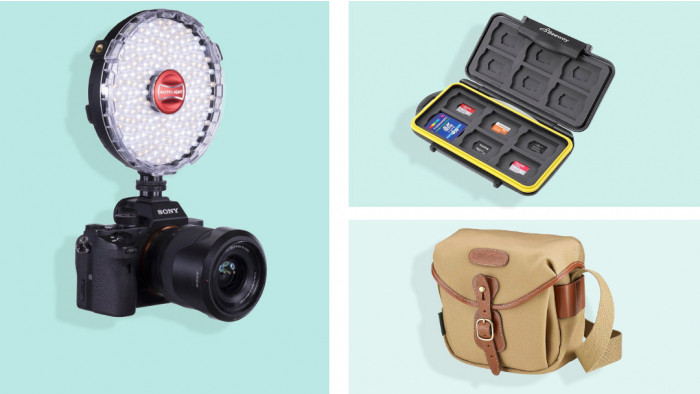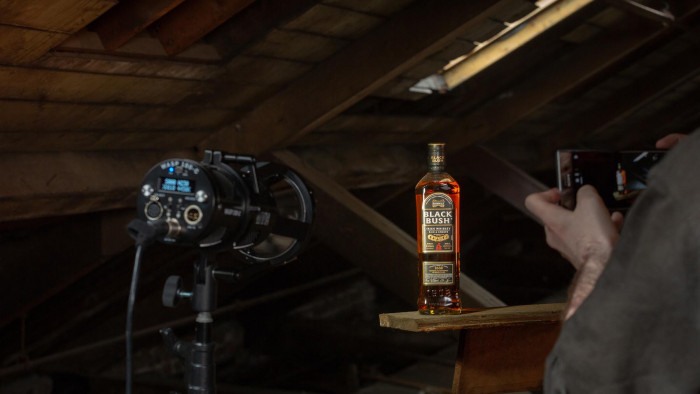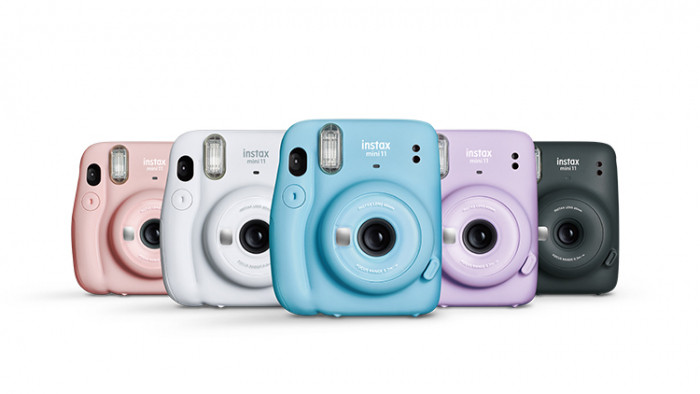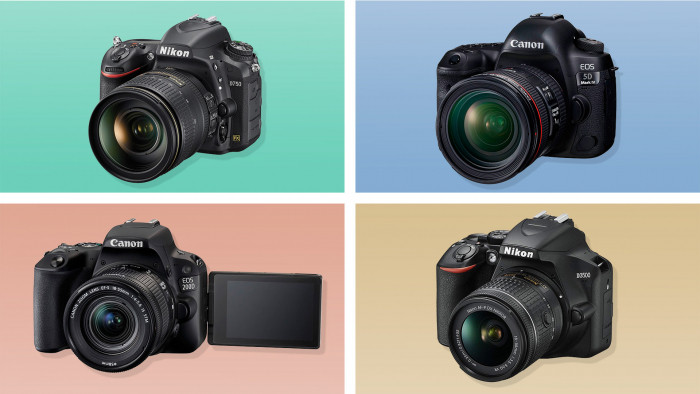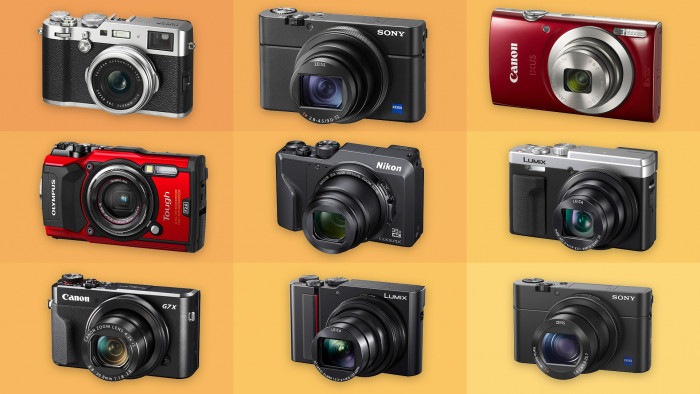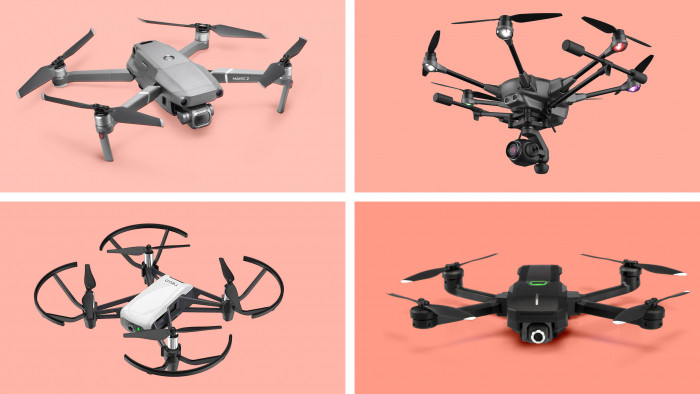The Wellcome Image Awards are a pretty big deal, celebrating the planet's best science image making, which are both fascinating to look at and help to explain complex scientific concepts.
From a super-detailed look at the scales on a Madagascan moth to the furred-up arteries of a stroke patient, it's safe to say these shots are a world away from your Instagram feed.
You can also take a closer look at the award-winning images at a load of exhibitions taking place across the UK from 16 March, including the Science Museum in London - as well as in the US, Russia and South Africa.

Inside the human eye
It looks like something from the imagination of Salvador Dali, but this is a 3D image of the back of the human eye, which is about 100 micrometers (0.1mm) tall.
[Image: Peter Maloca, University of Basel]

Moth scales
Looking a little bit like corrugated metal, this is in fact the scales on a Madagascan sunset moth - they reflect the light to give the moth the colourful appearance of a butterfly.
[Image: Mark R Smith, Macroscopic Solutions]

Premature baby receiving light therapy
This premature baby was suffering from jaundice, and is being treated with ultraviolet light therapy in a special incubator.
[Image: David Bishop, Royal Free Hospital, London]

Swallowtail butterfly
This is a photomacrograph of the head of a swallowtail butterfly, often found in marshes and wetlands.
[Image: Daniel Saftner, Macroscopic Solutions]

Detecting stroke
Made using tomography scans, the green spot you can see is a blockage in one of the blood vessels in a person's neck. This can cause damage to the brain and cause a stroke.
[Image: Nicholas Evans, University of Cambridge]

Blood vessels in the eye
Capturing the blood vessels in just 20mm of a person's eye, which have been made to show up after the person was injected with a fluorescent dye.
[Image: Kim Baxter, Cambridge University Hospitals NHS Foundation Trust]

Black henna allergy
These painful looking blisters have formed on the arm of a young girl due having an allergic reaction to paraphenylenediamine in henna tattoo dye.
[Image: Nicola Kelley, Cardiff and Vale University Hospital NHS Trust]

Raynaud’s disease
Using thermal imaging to show the temperature of two people's hands, the one on the left is from a healthy person as it is relatively warm, whereas the one on the right is cold - a sign of someone suffering from Raynaud's disease.
[Image: Matthew Clavey, Thermal Vision Research]

Dividing stem cell in the brain
This mesmerising image is capturing the different stages of a zebrafish stem cell splitting in two before it hatches - the two purple cells split and one becomes white at the end of the process.
[Image: Paula Alexandre, University College London]

Bone development
Showing the bone development of children who died in the 19th century, this series shows the changes from a 6-month-old foetus to a 2.5-year-old.
[Image: Frank Acquaah]

Wiring the human brain
Showing a map of the pathways in a person's brain, the links between the left and the right side of the brain are in red, links between front and back are in green, and links between the brain and the rest of the body are in blue.
[Image: Alfred Anwander, Max Planck Institute for Human Cognitive and Brain Sciences]

Bacteria on graphene oxide
These two bacteria are about 2 micrometers long, and are sat on a very thin piece of carbon, which is one of the thinnest, strongest materials yet to be found - researchers are trying to 'stick' medicines to it, so that they can be carried around the body.
[Images: Izzat Suffian, Kuo-Ching Mei, Houmam Kafa and Khuloud T Al-Jamal, King’s College London]

Engineering human liver tissue
A small piece of human liver has been put on a mouse with a damaged liver, and grown using the mouse's blood. It's hoped this method could one day be used to help people with damaged livers.
[Image: Chelsea Fortin, Kelly Stevens and Sangeeta Bhatia, Koch Institute, © MIT]

Infectious disease containment unit
This transparent tent is placed around hospital patients suffering from an infectious disease - it even cleans the air leaving the tent to prevent the spread of infection.
[Image: David Bishop, Royal Free Hospital, London]

Toxoplasmosis-causing parasites
Don't adjust your screen - this is meant to be blurry. It's a close-up look at three parasites that can infect humans if you come into contact with undercooked meat and infected cat poo. Wash your hands, people.
[Image: Leandro Lemgruber, University of Glasgow]

Human stem cell
This is a stem cell taken from the inside of someone's hip bone, tasked with repairing damaged tissue. It's roughly 0.015mm wide.
[Image: Sílvia A Ferreira, Cristina Lopo and Eileen Gentleman, King’s College London]

Ebola virus
This watercolour and ink illustration shows the genetic make-up of an Ebola virus particle - who knew that it could actually look quite pretty.
[Image: David S Goodsell, RCSB Protein Data Bank]

Maize leaves
This is what a cluster of leaves from a young maize plant looks like - each orange circle is the cell's nucleus telling it what to do.
[Image: Fernán Federici, Pontificia Universidad Católica de Chile and University of Cambridge]

Cow heart
At 27cm long, this preserved cow heart is roughly four times the size of a human's. Windows have been cut out of the sides to show the different chambers and how it functions.
[Image: Michael Frank, Royal Veterinary College]

Clathrin cage
Clathrin is a protein that is formed into cages to carry things around inside a cell. When it's not needed, it's broken down and recycled - which sounds very responsible.
[Image: Maria Voigt, RCSB Protein Data Bank]



